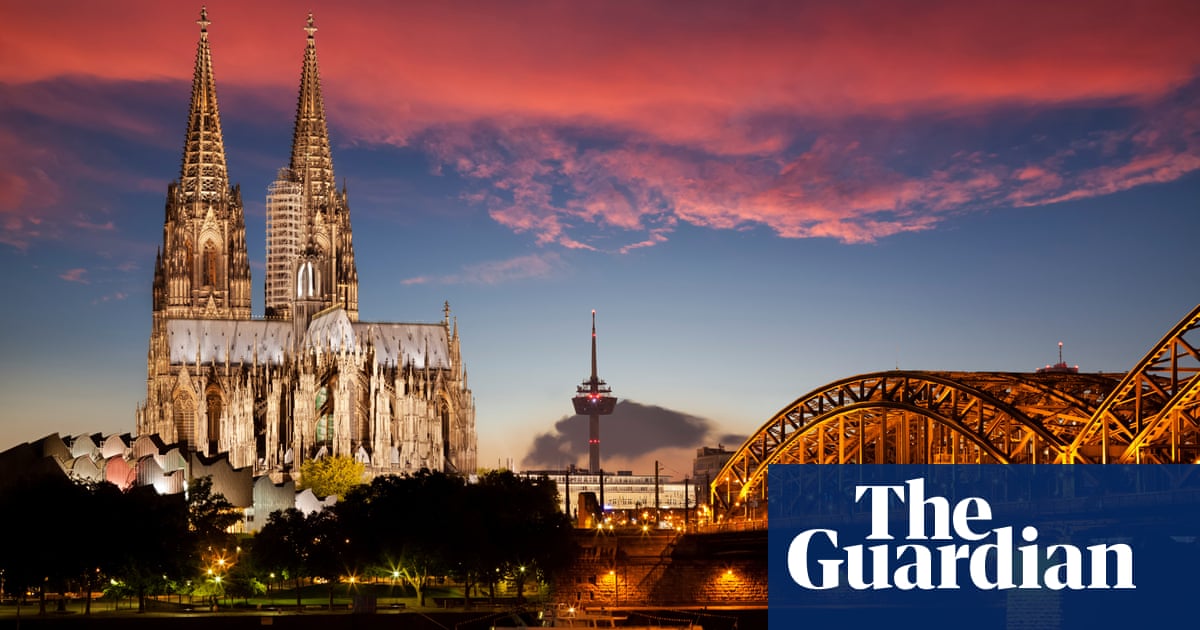
Updated 47 sec ago
Martin Wigham
August 11, 2018 18:45
109
No traveler should leave China without ticking off three headline attractions — The Forbidden City, Summer Palace and The Great Wall
Grab a workers’ lunch at Wangfujing Snack Street, a lively alleyway where locals chow down barbecued cockroaches, grasshoppers and scorpions,
SINGAPORE: If you’re only planning to spend 48 hours in Beijing, then you’ve already made your first mistake. Of course, the same could — or should — be said of every capital city, but frankly, the impenetrable sprawl and intensity of bucket-list attractions of the world’s most populous capital put it in a league all of its own.
No traveler should leave China without ticking off three headline attractions — The Forbidden City, Summer Palace and The Great Wall — each uniquely headline-grabbing, gasp-inducing manmade marvels united only by their rare ability to clog one’s windpipe on first viewing.
And despite the distances between them, with a little planning one can fit all three icons into two days, and still have ample time to soak up 21st Century Beijing.
Start by ticking off the Summer Palace, the glorious complex of gorgeous gardens and picture-postcard pavilions that served as a retreat for generations of Chinese emperors. Set over three square kilometers around the tranquil Kunming Lake, it’s as quintessentially “Chinese” a sight as you might ever see.
Take a cab back toward the center and grab a workers’ lunch at Wangfujing Snack Street, a lively alleyway where locals chow down barbecued cockroaches, grasshoppers and scorpions, alongside more conventional street food. From there, you’re within striking distance of the looming, monolithic might of the infamous Tiananmen Square, the northern side of which is flanked by the main entrance to the Forbidden City, the sprawling, closed network of nearly 1,000 buildings from which China was remotely ruled for close to 500 years. Today, a huge portrait of Mao Zedong hangs over the entry passageway.
Allow the rest of the afternoon to explore its ornate majesty, off-limits to mere mortals for centuries.
Nearby is the National Center for the Performing Arts — a dazzling , domed venue known to locals as “The Egg” — which has been hailed as the center of the much-touted Chinese classical music revolution since opening in 2001. Here, you can catch a world-class symphony, or dabble in traditional Peking Opera.
A great spot to stay locally is the Zhong An Hotel, handily located near the main Beijing Railway Station. It also serves as an extra tourist attraction — it was the former residence of Edgar Snow, the American journalist who penned the influential “Red Star Over China.”
A trip outside the city to the fabled Great Wall is mandatory for day two. To make the most of your time, it’s advisable to book one of the readily available half-day minibus excursions to the ever-popular restored brickwork of Badaling. However, for a more authentic experience, dodge the crowds and touts by riding out to Wangjing West Station and hopping on a local bus to make the 130km journey to the untamed, hikeable stretch of the wall at Jinshanling.
Upon your return, head to the ancient Drum Tower and explore the area’s “hutongs” — narrow, Insta-ready alleyways bristling with color, quirks and tradition.
After soaking up the past, get a taste of how today’s young and affluent Beijingers do things by stopping for a bite at the hip Punk Rock Noodles to refuel, before heading to check out the city’s thriving underground music scene. Nearby hotspot Temple Bar programs multiple original bands nightly, of a uniformly intriguing standard, while downstairs in the same DIY building block Dada Bar serves edgy electronic beats until well past your bedtime.












